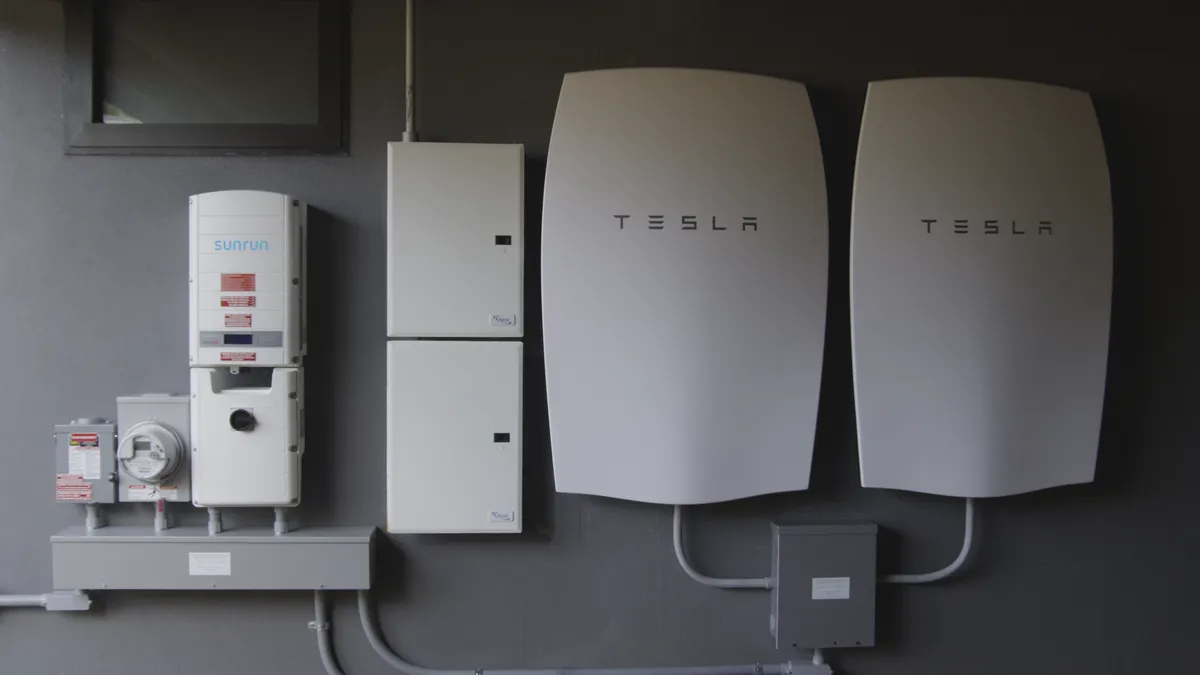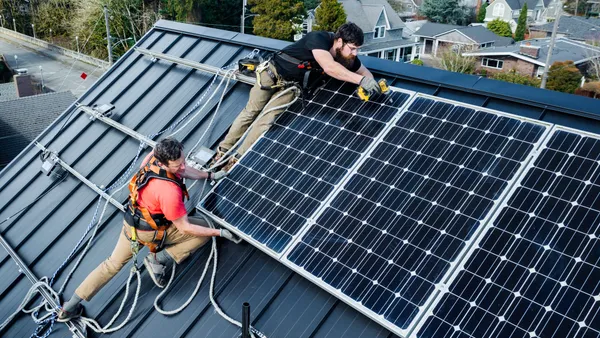Dive Brief:
-
As many as 5 million commercial electric customers across the country could cost effectively reduce their utility bills by using behind-the-meter energy storage, according to a new report from the Department of Energy’s National Renewable Energy Laboratory (NREL) and the Clean Energy Group (CEG).
-
The report analyzed over 10,000 utility tariffs in 48 states, looking for commercial customers eligible for utility rate tariffs that included demand charges of $15/kW or more.
- The analysis showed that economic opportunities for storage exist not only in first-mover states such as California and New York, but across the Midwest, Mid-Atlantic and Southeast.
Dive Insight:
High demand charges often drive behavior among commercial utility customers. The NREL-CEG study surveyed more than 10,000 utility tariffs that are available to about 70% of U.S. commercial buildings.
The survey included private and not-for-profit businesses, community facilities, public buildings and multi-family housing properties. Demand charges accounted for anywhere from 30% to 70% of their bills.
The report found some of the highest demand charges in states not otherwise known for high electric rates, such as Arizona, Colorado, Georgia and Nebraska. Customers facing demand charges as high as $20/kW were found all across the country, from Georgia and Alabama in the South to Michigan and Iowa in the Midwest, and to New Mexico and Texas in the Southwest.
“With this analysis, we have identified the areas where customers have the greatest potential to benefit from investments in battery storage,” Seth Mullendore, coauthor of the paper and a project director at CEG, said in a statement. “Utilities know where these opportunities exist, and now the rest of us have that information too.”
Correction: A previous version of this post incorrectly said the demand charges were $15/kWh.












